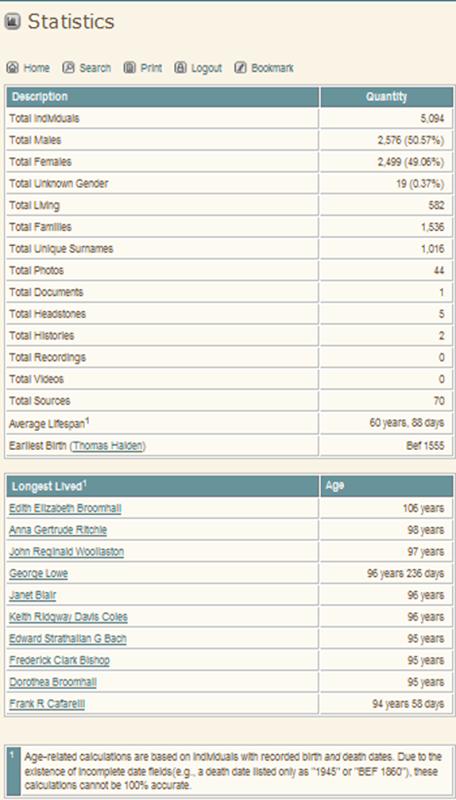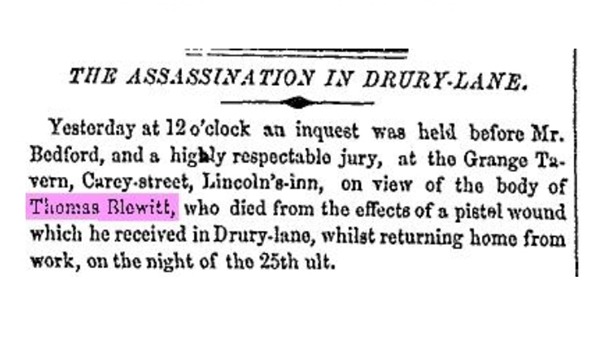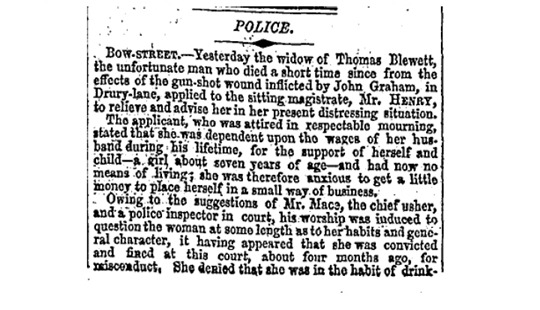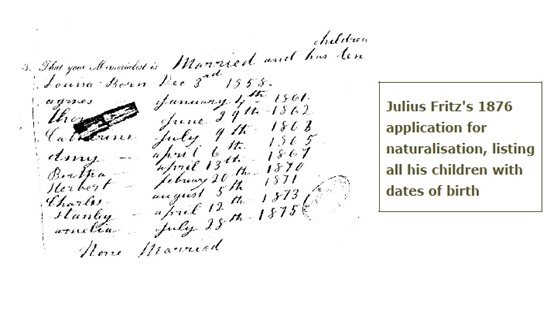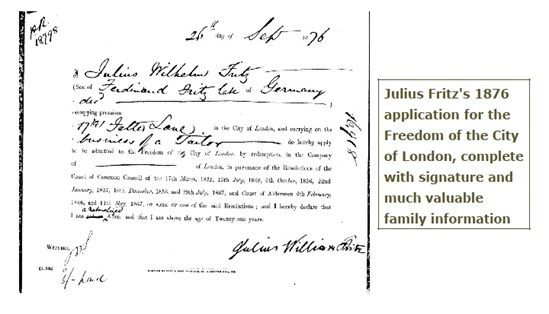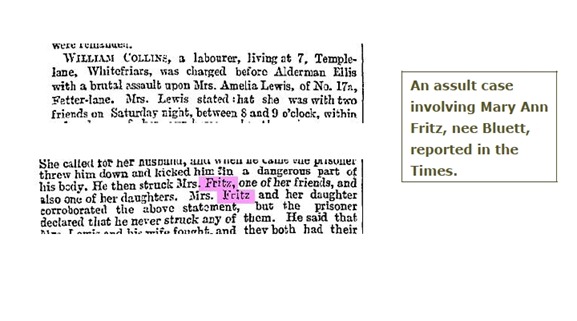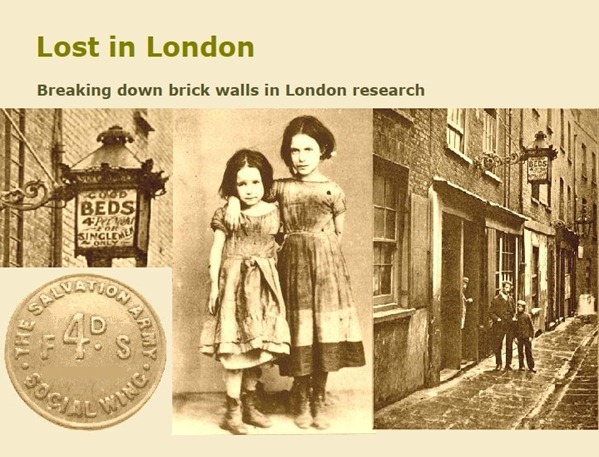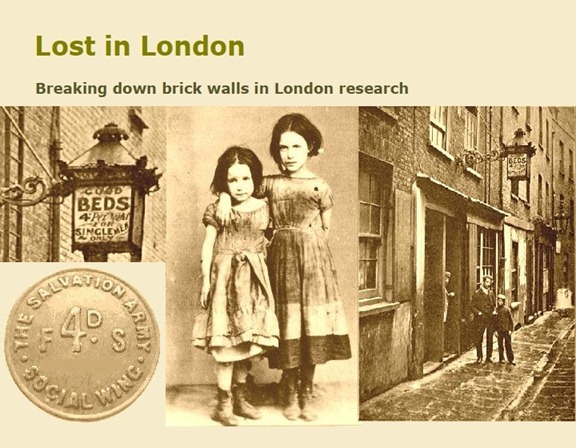Thanks to Jill Ball of Geniaus for starting this geneameme. My list is annotated as follows:
- Things I have already done or found
- Things I would like to have done or found
- Things I haven’t done or found
- Can name my 16 great-great-grandparents (http://goo.gl/A6rcI)
- Can name over 50 direct ancestors (214)
- Have photographs or portraits of my 8 great-grandparents (6 so far http://goo.gl/A6rcI)
- Have an ancestor who was married more than three times
- Have an ancestor who was a bigamist
- Met all four of my grandparents (1 died before I was born)
- Met one or more of my great-grandparents (all died before I was born)
- Named a child after an ancestor (my daughter's second name is Laura after my grandfather, Lawrence George Buchanan Davis http://goo.gl/Nmsw1)
- Bear an ancestor's given name/s (My middle name is Mary. I have 15 ancestors with that name.)
- Have an ancestor from Great Britain or Ireland (All except one)
- Have an ancestor from Asia
- Have an ancestor from Continental Europe (Julius Wilhelm Fritz from Bahn, Pomerania, Prussia http://goo.gl/B2SUH)
- Have an ancestor from Africa
- Have an ancestor who was an agricultural labourer (6)
- Have an ancestor who had large land holdings
- Have an ancestor who was a holy man - minister, priest, rabbi (2 great-grandfathers and 1 great great grandfather were clergymen)
- Have an ancestor who was a midwife
- Have an ancestor who was an author
- Have an ancestor with the surname Smith, Murphy or Jones (I have three different lines called Smith)
- Have an ancestor with the surname Wong, Kim, Suzuki or Ng
- Have an ancestor with a surname beginning with X
- Have an ancestor with a forename beginning with Z
- Have an ancestor born on 25th December
- Have an ancestor born on New Year's Day
- Have blue blood in your family lines
- Have a parent who was born in a country different from my country of birth (My mother was born in Canada http://goo.gl/ewLZj)
- Have a grandparent who was born in a country different from my country of birth
- Can trace a direct family line back to the eighteenth century
- Can trace a direct family line back to the seventeenth century or earlier (1555 http://goo.gl/vJrF5)
- Have seen copies of the signatures of some of my great-grandparents
- Have ancestors who signed their marriage certificate with an X
- Have a grandparent or earlier ancestor who went to university (theological college http://goo.gl/262WU)
- Have an ancestor who was convicted of a criminal offence (http://goo.gl/aw4Ob)
- Have an ancestor who was a victim of crime (http://goo.gl/RZ7Dm)
- Have shared an ancestor's story online or in a magazine (http://cmgurney.blogspot.com)
- Have published a family history online or in print (http://www.carosfamily.com)
- Have visited an ancestor's home from the 19th or earlier centuries
- Still have an ancestor's home from the 19th or earlier centuries in the family
- Have a family bible from the 19th Century
- Have a pre-19th century family bible

